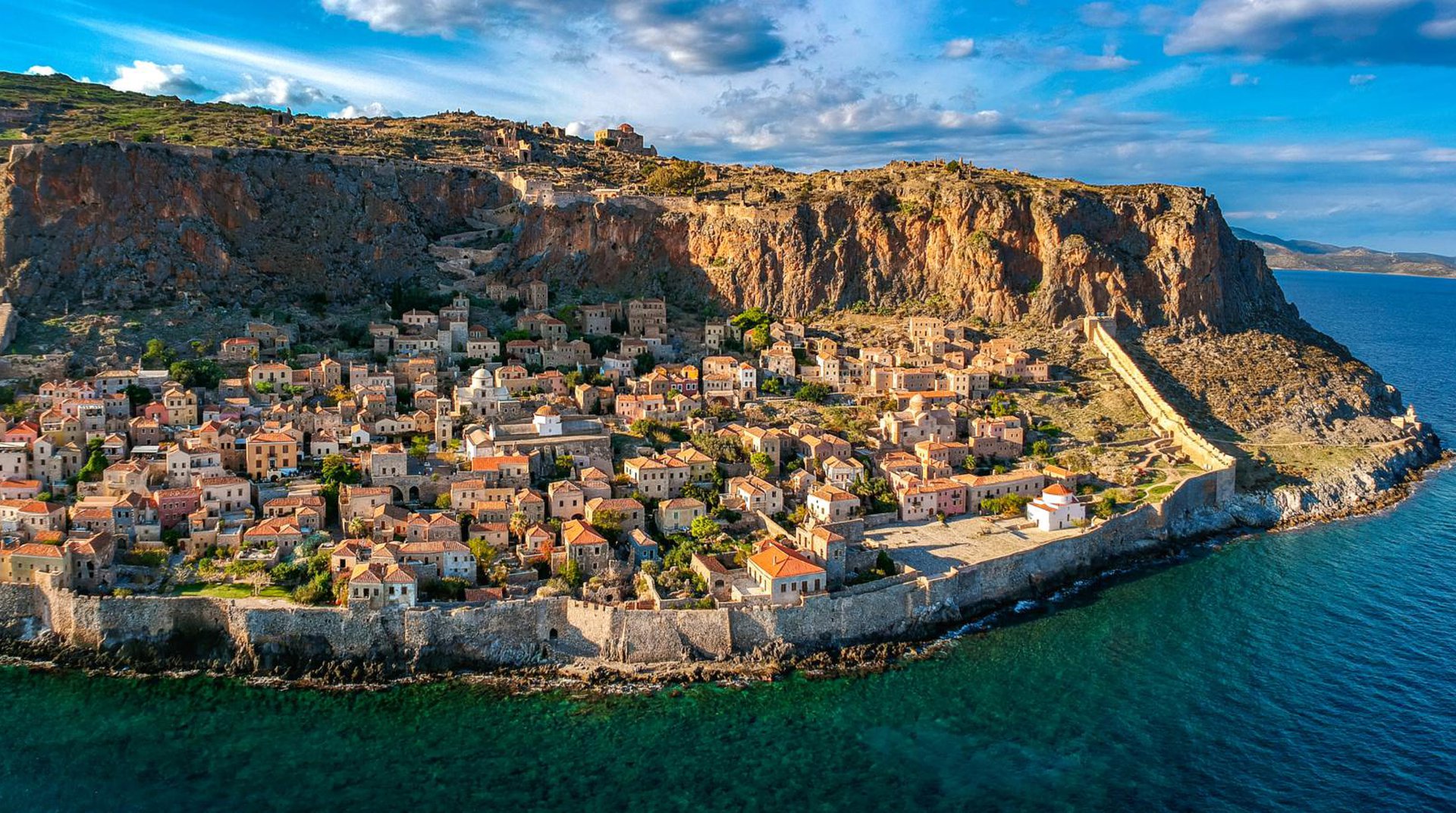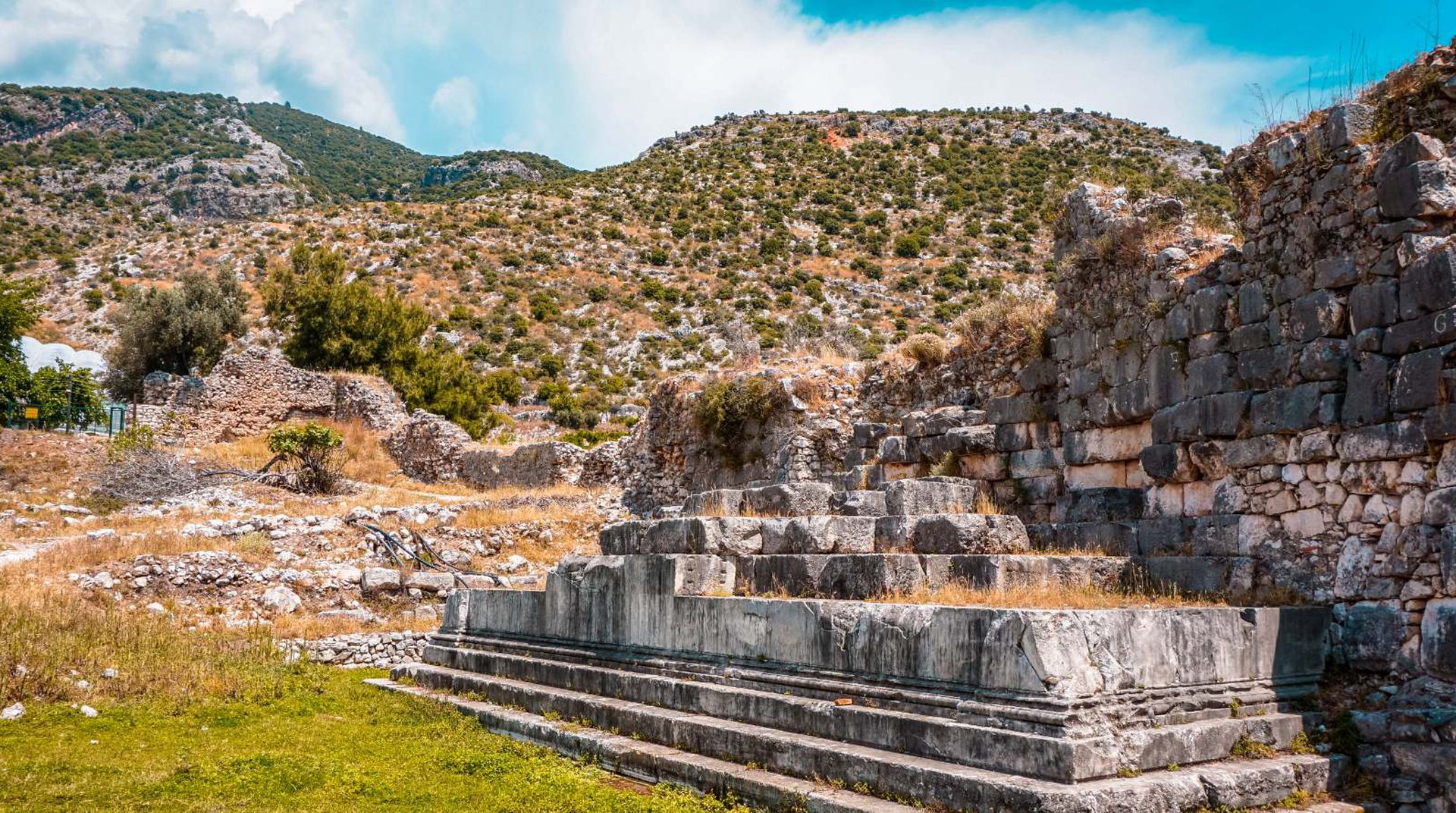Explore Monemvasia
Monuments & Sights
In one of the most beautiful areas of the Peloponnese overlooking the magnificent rock of Monemvasia and the beaches of the Laconic Gulf, the countryside residence Laconia Domus is chosen for its convenient location, quality accommodation, and excellent value for money.
As an ideal base for excursions, it serves for short and long journeys to some of the most beautiful places of Laconia, such as Gytheion, Monemvasia, Neapoli [37.7 km], and Elafonissos! At the same time, there are many options for swimming on organized beaches not far from Laconia Domus. Water sports, horse riding, hiking, cycling, agritourism, sailing, fishing, archaeological trips, wine, and food tasting, and even exploring submerged ruins [of the ancient city of Asopos] are just some fun activities in this area.
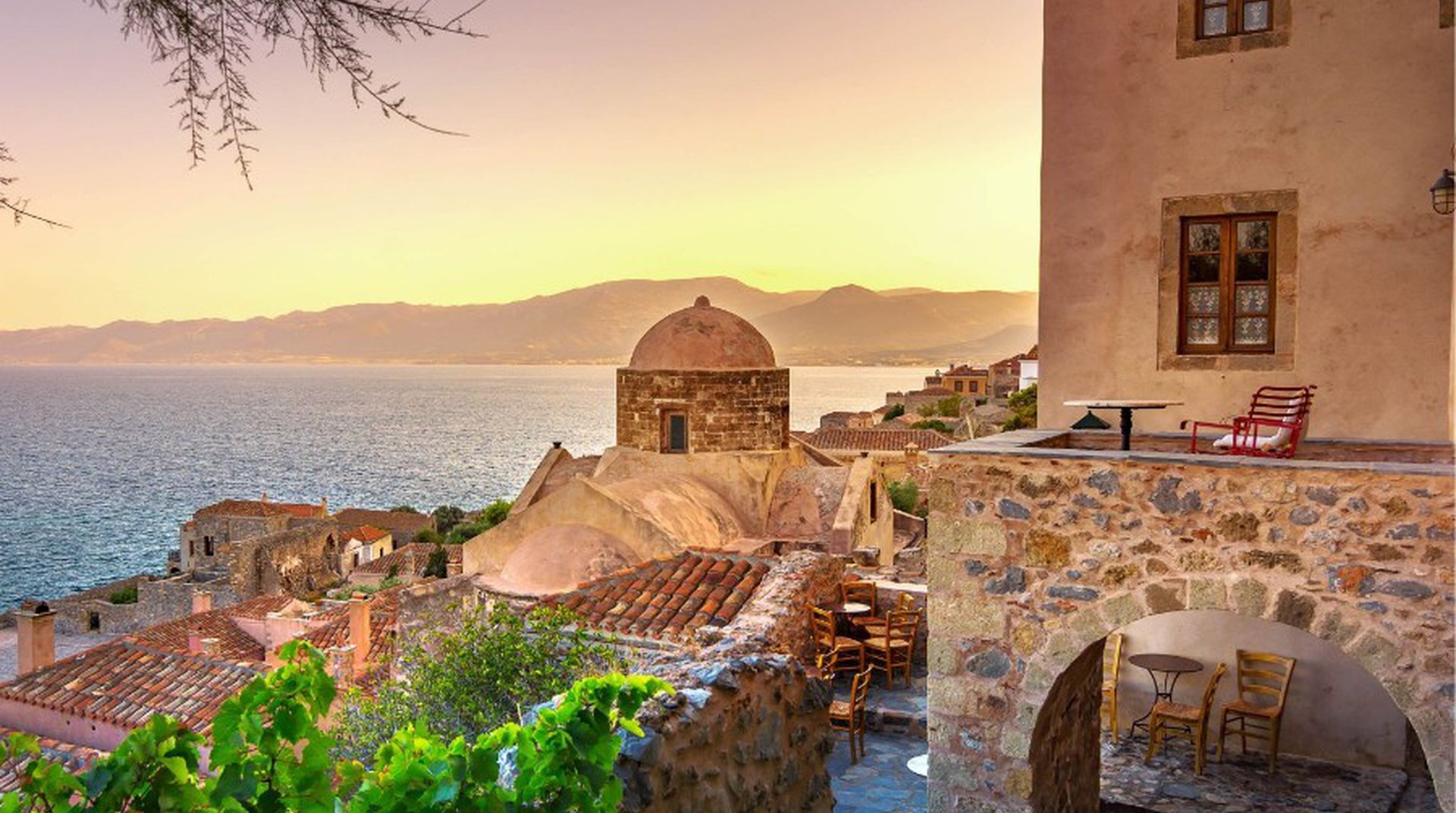
Castle of Monemvasia
It is also known as “Gibraltar of the East” and as “Stone Boat” by Ritsos, the great Greek poet born and raised here. The impressive rock of Monemvasia, 198.5 meters high, 1500 m long, and 600 m wide, and the castle city that is hidden inside it is the must excursion in the area ofEastern Laconia.
Until 375 BC, the impressive rock, which today joins the mainland with a small bridge, was connected to the Peloponnese, from which it was cut off after a strong earthquake. Its key position in an important maritime hub to the Eastern Mediterranean made it an intense commercial and artistic center, with individual prosperity during the Middle Ages, in the 11th and 12th centuries, when it operated as a guardian of the western entrance to the Aegean.
You will get to know the charming castle town of Monemvasia through walks on the picturesque, cobbled streets, overlooking Byzantine churches, magnificent mansions, traditional restaurants, and elegant souvenir shops. The aura of medieval times embraces the visitor in every corner, from the moment they enter the main gate of the Castle. You will pass by the main square where you will see the Church of the Dragon Christ, the Cathedral of the Castle. You will continue to the square of Panagia Chrysafitissa of the 17th century and see the house of the poet Yiannis Ritsos. The part of Ano Poli [Goula] is also imposing with one of the most beautiful churches of the 14th century, Agia Sophia or Panagia Hodegetria, built during the reign of Emperor Andronikos II.
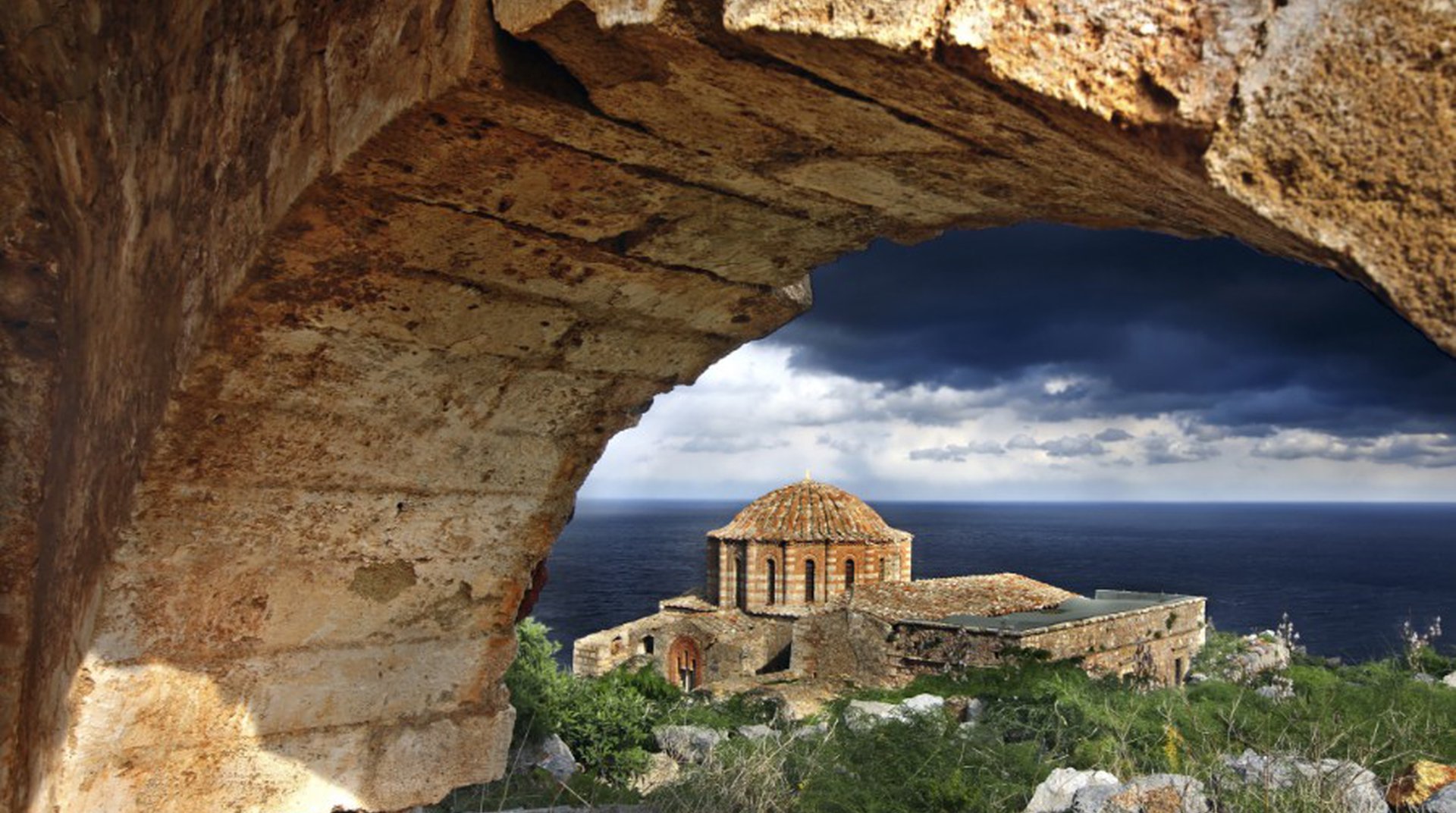
Agia Sophia
Built in the 12th century [1149-1150], the octagonal domed church dominates on the south side, at the top of the Castle in Ano Poli. It was initially dedicated to Panagia Hodegetria and, after the revolution of 1821, it was dedicated to the Agia Sophia of God, as it was considered a faithful copy of the Hagia Sophia in Constantinople. During the period of the First Venetian Occupation (1463-1540), it passed into the hands of the Catholics; during the period of the First Ottoman Empire (1540-1690), it was converted into a mosque, then it became a catholic church again during the Second Venetian Occupation (1690-1715), and later, During the Ottoman rule [1715-1821] it became a mosque again, until 1821 and the liberation of Greece. During your visit, you will see rich sculpture decoration of the 12th century, exceptional quality frescoes of the 12th and 13th century and you will be impressed by the details of the triangular windows with the characteristic ceramic decoration. The view to the village of Agia Kyriaki Monemvasia Laconia [west] and to the lighthouse of Monemvasia [east] is truly magnificent.

Church of Elkomenos Christos
Following the main cobbled path of the Castle and reaching the main square, you will admire the impressive three-aisled basilica with a dome, which is the metropolitan church of Monemvasia and next to it, the small chapel of Agios Ioannis [11th-12th century] on its south side. During your visit, you will admire the rich interior decoration [17th-18th century], marble sculptures of early Christian and Byzantine times, the marble iconostasis [1901], but also the exceptional image of the Crucifixion, which was stolen by archaeologists in 1979 and after its discovery and preservation it has been returned to the Church of Elkomenos Christos and is kept in the chapel of St. John.
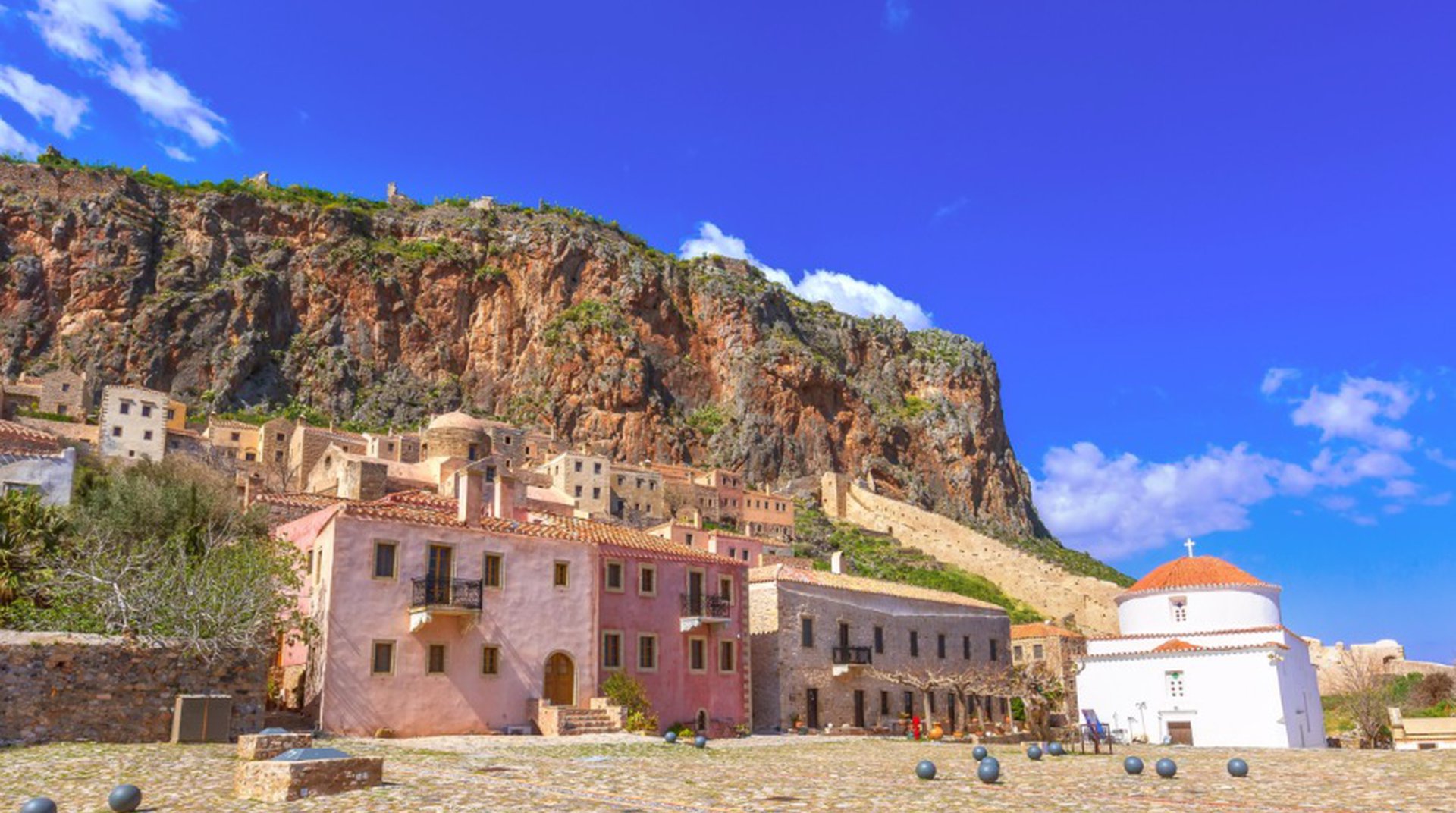
Monastery of Panagia Chrysafitissa
Walking in the Lower Town of Monemvasia and reaching the central square, your gaze will catch a small, square, white church with a low dome and a large courtyard. This is the church of Panagia Chrysafitissa, which dates back to the First Ottoman Empire and had taken its name from the homonymous icon of the Virgin Mary found in the area, in the village of Chrysafa. The church houses the miraculous icon of the Virgin Mary, the creation of which dates between the 15th - 16th century. Below the temple, there is a spring that is considered miraculous, as the holy water that gushes from it is believed to contribute to the healing of diseases and the birth of children and even boys.
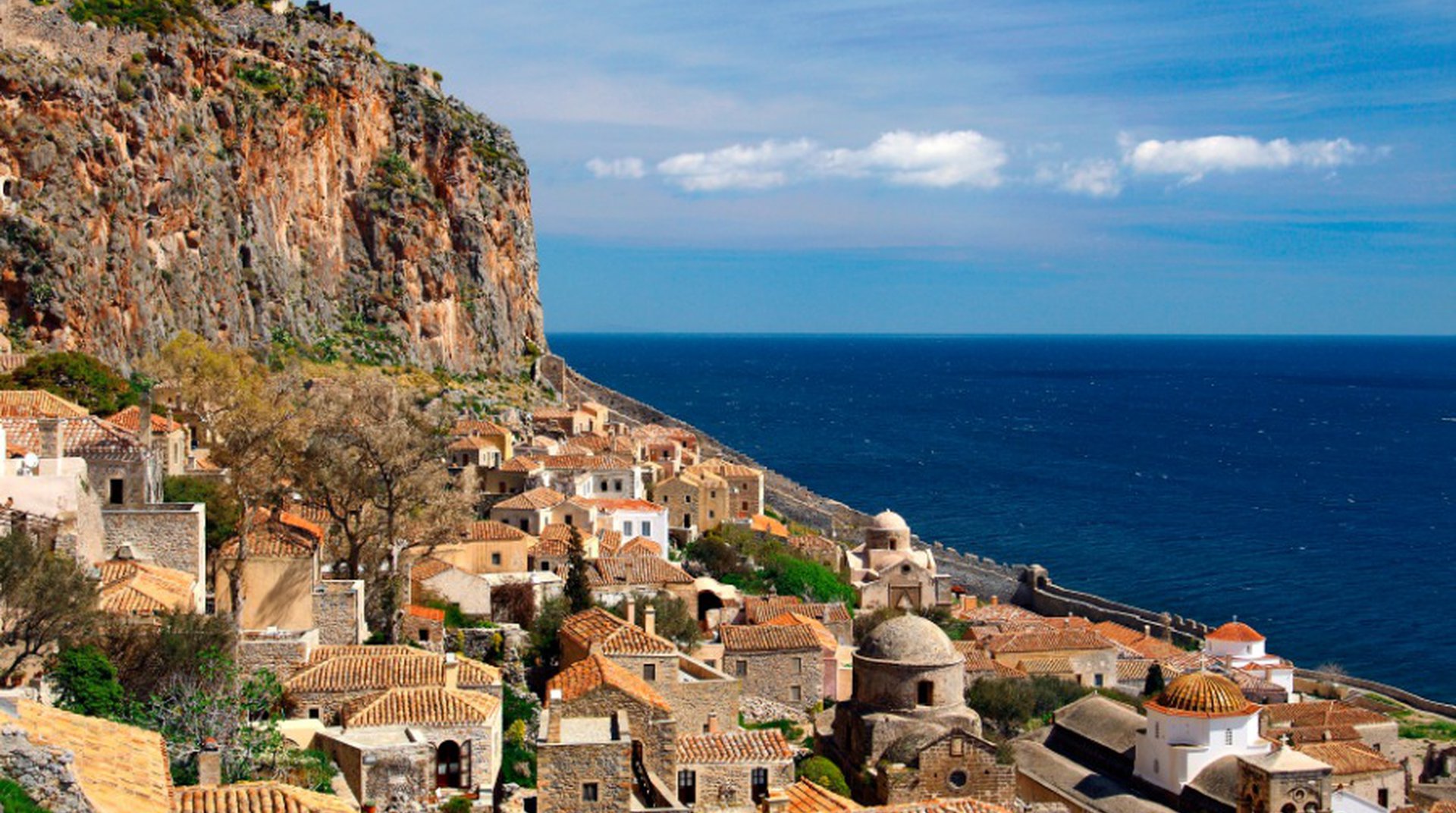
Archaeological Collection of Monemvasia
The Archaeological Collection of Monemvasia includes objects of small crafts, ceramics, sculptures and architectural finds, which cover a long period from the early Christian years to the late Turkish occupation and give us information about public & private action & artistic life in the wider area. This interesting collection is housed in a historic building opposite the Temple of Christ. [Elkomenos Christos Square, Monemvasia Castle, telephone: +30 27320-61403]
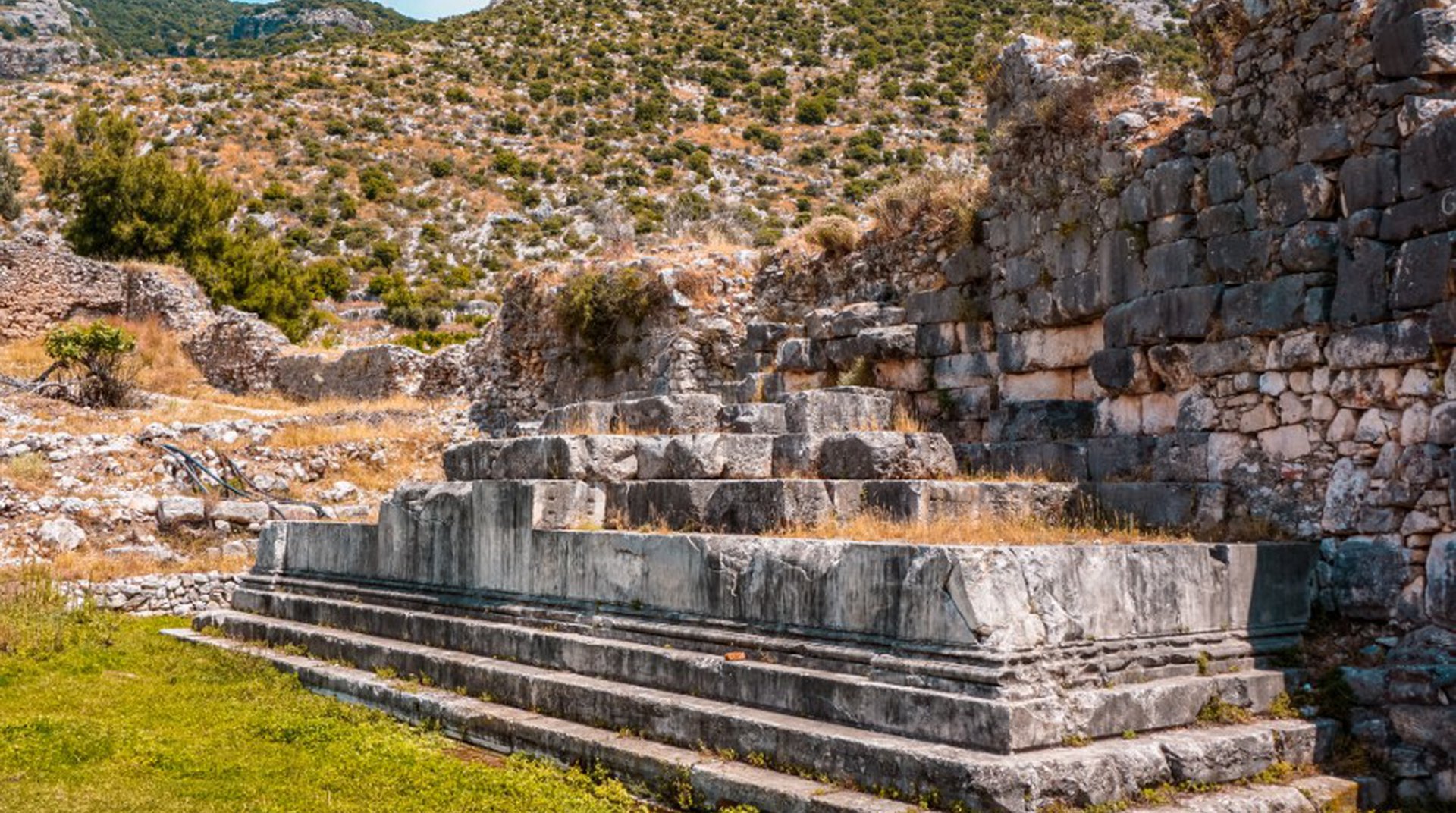
Archaeological Site of Epidavros Limira
A significant archaeological site is the ancient city of Epidavros-Limira, in eastern Laconia, just north of Monemvasia, which is almost geographically identified with the Malea peninsula. According to the historian Pausanias, an omen was the reason for its establishment by the inhabitants of the Argolic Epidavros during their journey to the Sanctuary of Apollo in Kos. It is a place that, according to findings [shells], was inhabited from prehistoric times and experienced particular prosperity during the archaic and classical times. Today you can visit the outdoor area near the coast, in the area of modern Agios Ioannis Monemvasia, where you will admire the Acropolis & parts of the walls of the 4th century.
